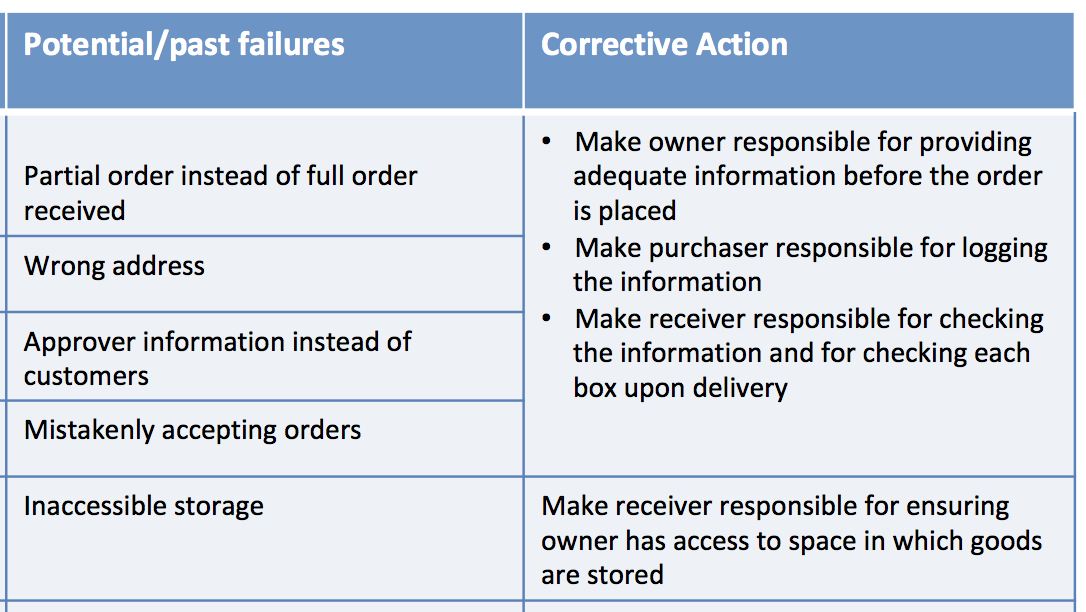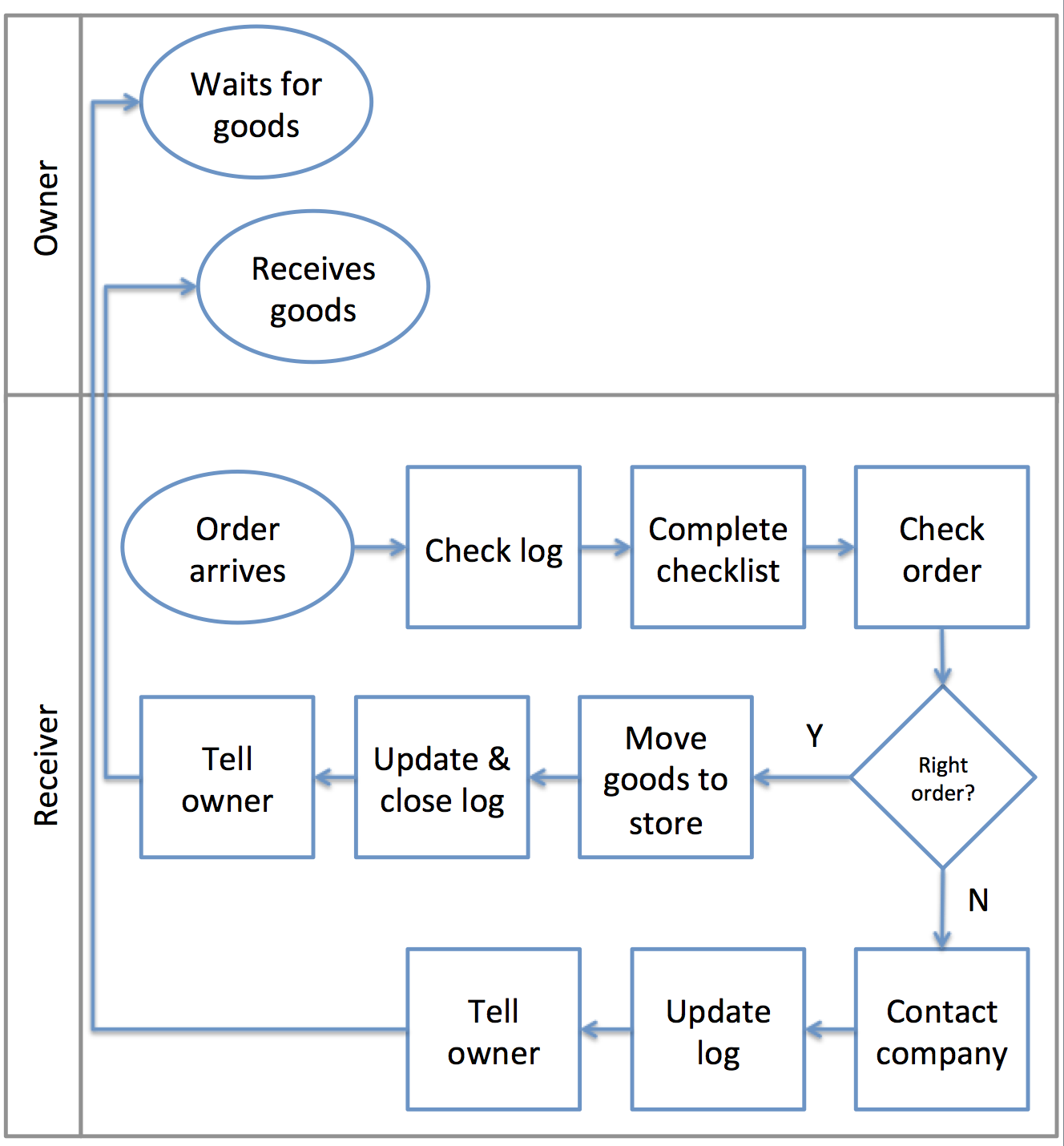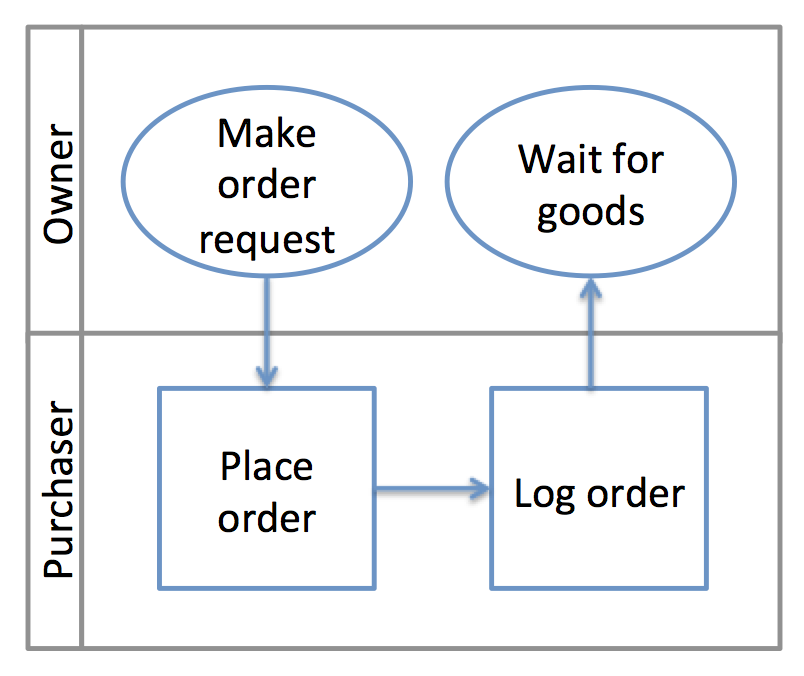Standards for Ordering and Receiving Goods
By Olga Murdoch, Agile Lead.
Every School/College/unit in UCD goes through the process of ordering and receiving goods. Those of you who are part of teams who place a lot of orders will appreciate how this seemingly simple process can become complex and burdensome for all those involved. Last November, I worked with the operations team in Access and Lifelong Learning to help them design a standardised process for ordering and receiving goods. Now, nine months later, I had a chat with Michelle Tracey to find out how things are going… and have the standards stuck.
The challenge
Access and Lifelong Learning is a unit which performs a lot of outreach activities and runs a lot of events, all of which rely heavily on the items they need being ordered, delivered and fully received on time. As a highly dynamic environment that prioritises a high level of service to students, it is not feasible to have a single staff member be responsible for managing the ordering/receiving process. As a consequence of this, multiple people can be ordering goods which are received by others who had no awareness of the orders in the first place. This results in a number of unknowns from the perspective of the staff member who ends up receiving the order:
- how do I check the order?
- how do I know if this is the complete order?
- who ordered the goods and how will they know they’re here?
- where should I store the goods?
The busy nature of the office and the frequency at which the staff who placed the original orders were involved in activities outside the office, resulted in a lot of unnecessary effort being put into what should have been a simple task – making sure the goods that have been ordered get to the right place on time.
The solution
Standard Operating Procedures (SOPs) are step-by-step instructions for how to execute a routine task. Well defined SOPs are essential for a process to run smoothly, consistently. By following the instructions every time, we can be confident in the outcome of the process.
In November 2017 the Access and Lifelong Learning operations team came over for a one hour workshop in UCD Agile. During the workshop, we mapped out the current process, highlighted where all the challenges are arising and redesigned the process to prevent these issues.

This involved an assessment of what could go wrong at each step of the process as well as clearly defining the roles and responsibilities of those involved.
After the workshop, Michelle and the team took the ideas we had generated and designed a spreadsheet to capture and track the orders that are being made. At this point, the operations team had taken ownership of the process and were determined to make sure the anticipated benefits of the improvements were realised.
How it works

When a staff member wants to order something, they ask a member of the operations team who very quickly places and logs the order. Having logged the order, the operations team member has now taken ownership of this order and will pursue it should it not arrive within the expected timeframe.

When an order arrives, it is usually received by a member of the operations team, but not necessarily the same person who places the order. The receiver of the goods simply checks the log and now has enough information to be able to check the order for accuracy and completeness, store the goods appropriately, and let the staff member who wanted the goods know that the order has arrived.
What the team thinks
The standardised process has remained in use over the past nine months and has been adopted by new team members as the operations team has changed during that time. Reflecting on what has changed, Michelle says the team have a confidence in the process that was not there before. The teams time is being used more effectively now that there is less time spent managing the unknowns around orders and deliveries. Overall, it has been an easier way of working. I asked Michelle, if someone reading this comes from an environment that experiences the issues they had, what is the one thing she would want them to know … and this is what she said:
If you are working in a busy environment you have to have procedural work practices that you can rely on. You need to have buy in from everyone and it needs to be embedded in how you work.
This work also inspired other improvements to be made by the operations team in Access and Lifelong Learning. A similar approach has been taken to how they track maintenance issues and how tasks are distributed to the operations team. They have adopted checklists for other tasks and troubleshooting issues which commonly occur. The whole team has benefited from the transparency created among the team members and they no longer rely on any single individual for their operations to be successful and efficient.
Watch this space for more continuous improvement updates from Access and Lifelong Learning.
Click here for a practical guide to creating your own Standard Operating Procedures.
